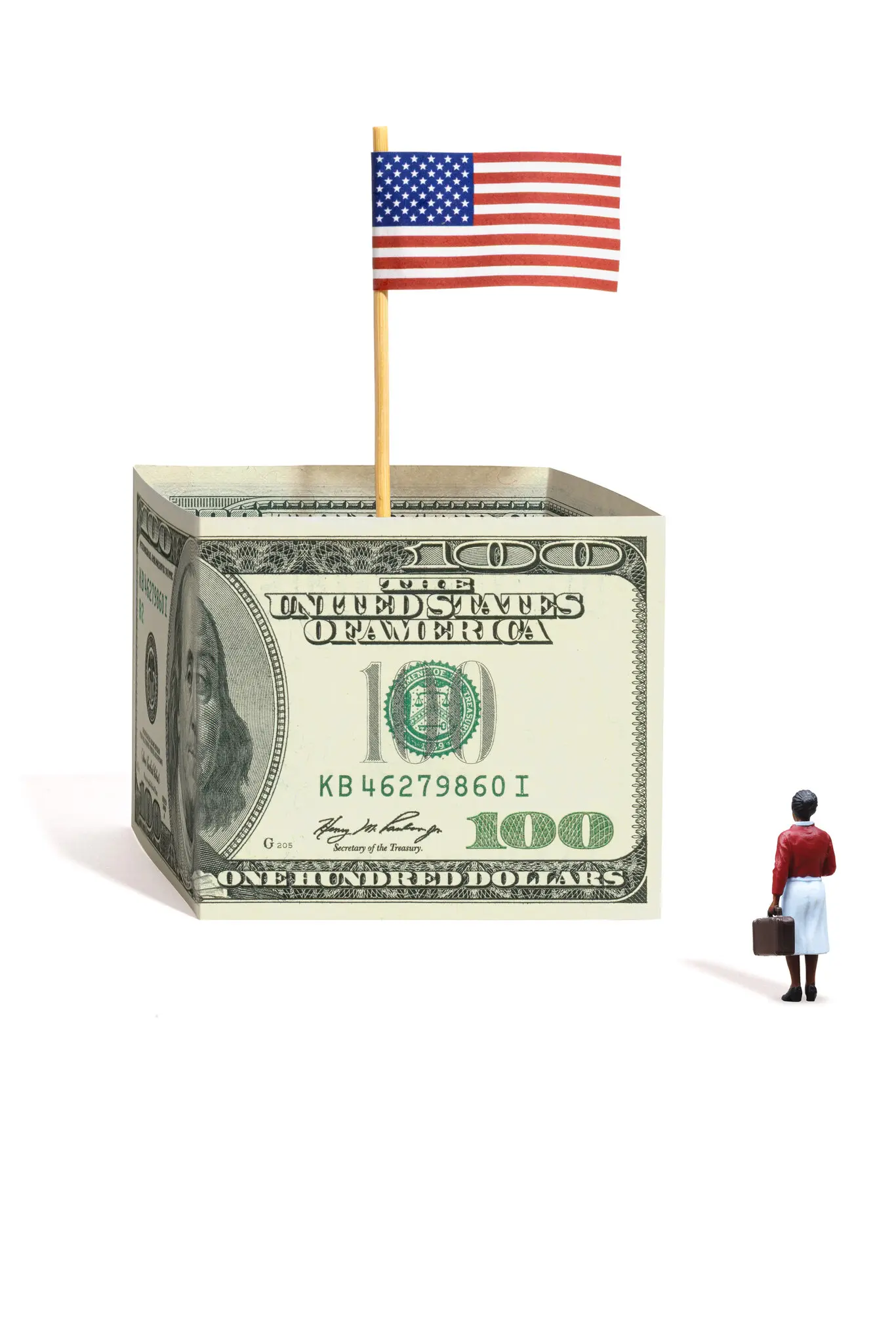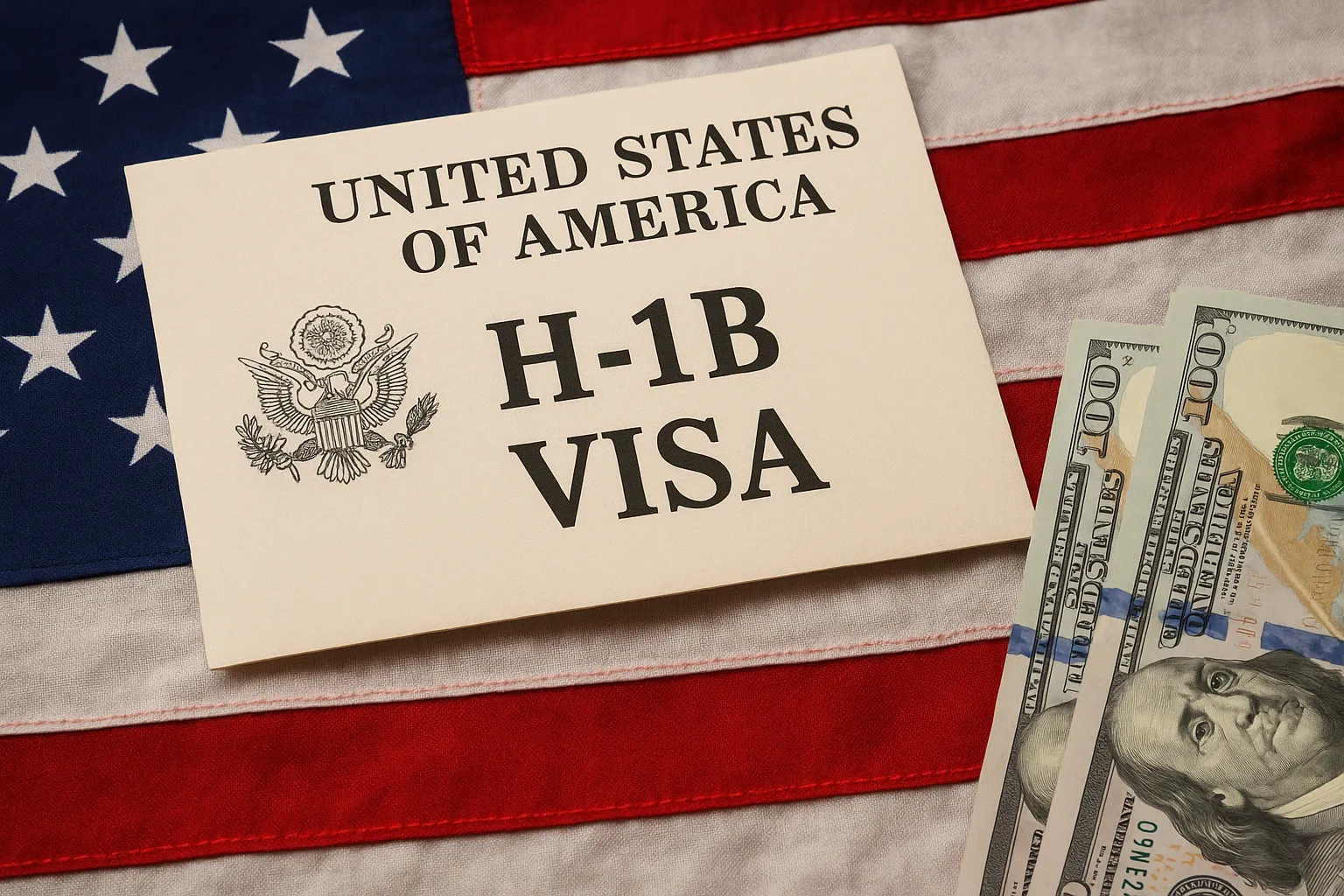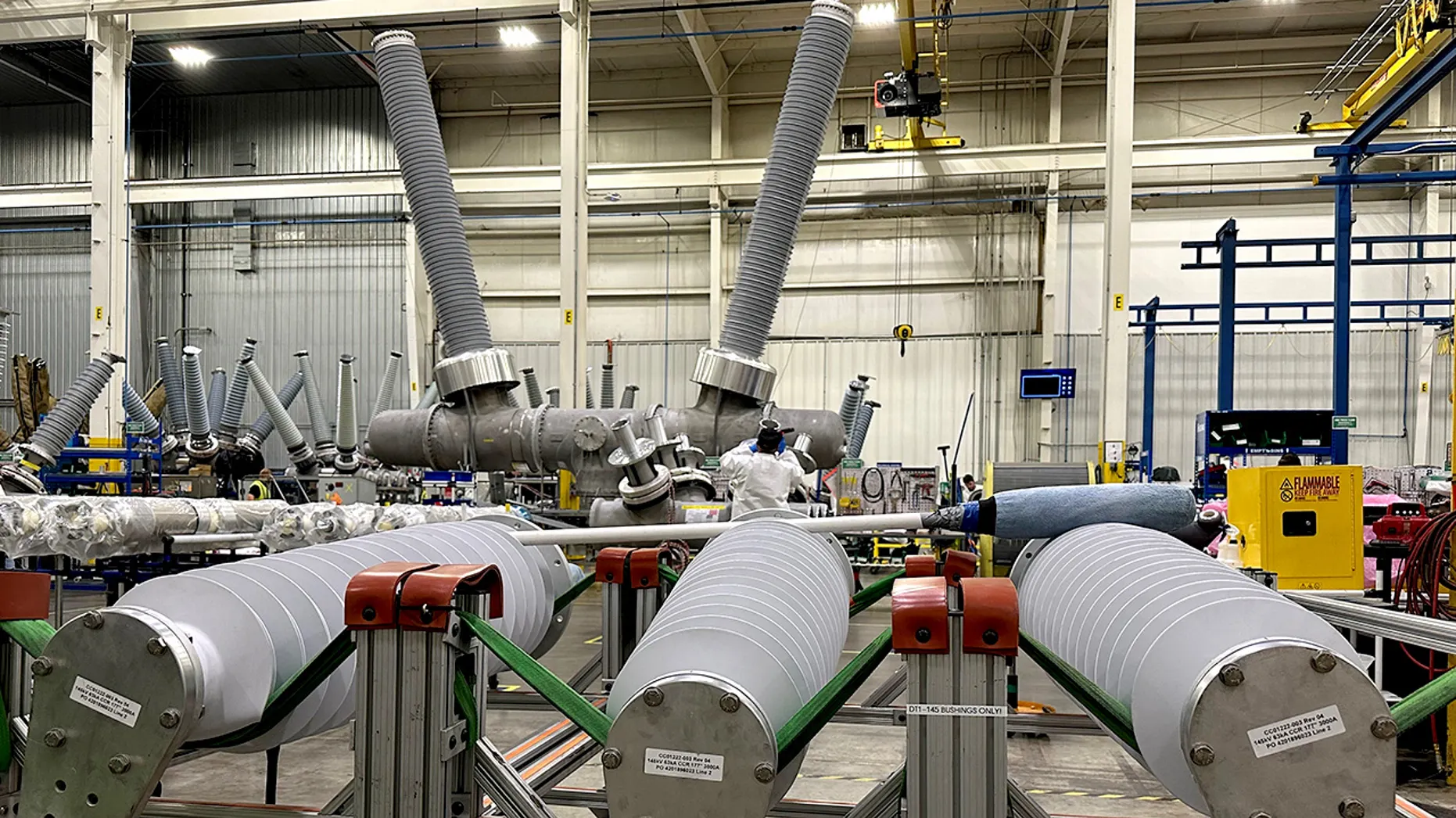Why Trump’s $100,000 Charge Won’t Fix the Problems with Skilled Worker Visas
29.09.2025
High-Skilled Visa Overhaul: Why Trump’s $100,000 Fee Misses the Mark
Longstanding Problems with H-1B Visas
For decades, policymakers have debated how to curb exploitation of the H-1B system. Yet, when the Trump administration introduced sweeping changes, it largely bypassed many of the practical reform ideas that had been circulating for years. Employers initially reacted with shock, but quickly shifted toward either adapting strategies or preparing lawsuits. Many were left frustrated that the administration ignored widely accepted fixes to the program’s central flaw.
Since the 1990s, demand for specialized workers has vastly exceeded the program’s annual cap, which has never been adjusted upward. Visas are distributed through a random lottery — a setup that outsourcing companies have gamed by submitting mass applications for lower-wage roles.
The Administration’s Approach
The Trump administration said its intent was to prevent this gaming and ensure visas went to “the best and brightest,” rather than displacing U.S. workers in software, engineering, and research. Its chosen tools: a steep $100,000 visa application fee and a weighted lottery favoring higher-paid jobs. Experts across the political spectrum, however, warn these moves will not deliver. Instead, they argue outsourcing firms can easily adapt while start-ups, research institutions, and universities are squeezed out.
John Lettieri of the Economic Innovation Group described the reforms as measures that “sound good on paper” but risk perpetuating the same issues.
A Legal and Practical Quagmire
The rules also carry high litigation risk. A vague “national interest” exemption — potentially for groups like doctors — introduces uncertainty and gives the administration broad discretion to cut deals. Critics see this as erecting “a really high barrier” rather than streamlining the system.
Although Trump had previously taken a hard line on H-1Bs, backing from high-profile tech leaders raised hopes that his stance might soften. The H-1B remains the largest U.S. program for specialized workers, capped at 85,000 new visas annually (with universities and nonprofits adding roughly half again as many). As of 2019, more than half a million visa holders lived and worked in the U.S.
Still, the system has long been criticized for enabling firms to replace Americans with lower-paid foreign workers. Since the early 2000s, the lottery has been central — but offers no mechanism to prioritize truly exceptional talent.
Why Economists Still See Value
Despite its flaws, research shows H-1B workers often boost productivity and even raise wages for U.S. employees. Policy experts broadly agree the program should be reformed, not dismantled. “It’s absurd that something this important relies entirely on random chance,” said Jeremy Neufeld of the Institute for Progress.
Proposed alternatives include ranking applications by pay, creating a Canadian-style points system to capture qualities like youth and language ability, or expanding green cards so workers can change jobs more freely. Congress has floated ideas such as stricter requirements for domestic recruitment and safeguards against replacing Americans with H-1Bs.

The Controversial $100,000 Fee
The new six-figure fee blindsided business groups. The White House argued it would discourage frivolous applications. Yet, analysts note that large outsourcing firms would still have strong incentives, since keeping a worker for six years makes the investment worthwhile. Tech giants, too, could afford the price, improving their odds in a lottery where the success rate is currently just one in five.
Smaller firms, by contrast, may be shut out entirely. And because the fee applies only to applicants abroad, many multinational corporations could sidestep it by using alternative visa categories first, then shifting workers into H-1B status later.
Weighting the Lottery by Wages
The other major reform would tie the lottery to four wage tiers. Higher-paying jobs would have an advantage, though not a guarantee. This could skew results — for instance, favoring a mid-level professional in a modest field like nursing over a new graduate in a lucrative sector like software engineering.
Critics argue that this undermines the principle of rewarding the highest-value workers. Some, like FWD.us president Todd Schulte, call for a simple wage floor, excluding anyone below the median H-1B salary of $120,000. Others suggest reforms that directly prioritize higher wages without convoluted thresholds.
Conclusion: Missed Opportunities
The Trump administration’s changes were pitched as a way to protect American workers and reward top global talent. Instead, analysts warn the reforms may entrench loopholes, hit small employers hardest, and do little to stop outsourcing firms from dominating the system. As one observer put it, “There are real ways to modernize this program. But what we’re seeing now isn’t reform — it’s incoherence.”






Leave a Comments